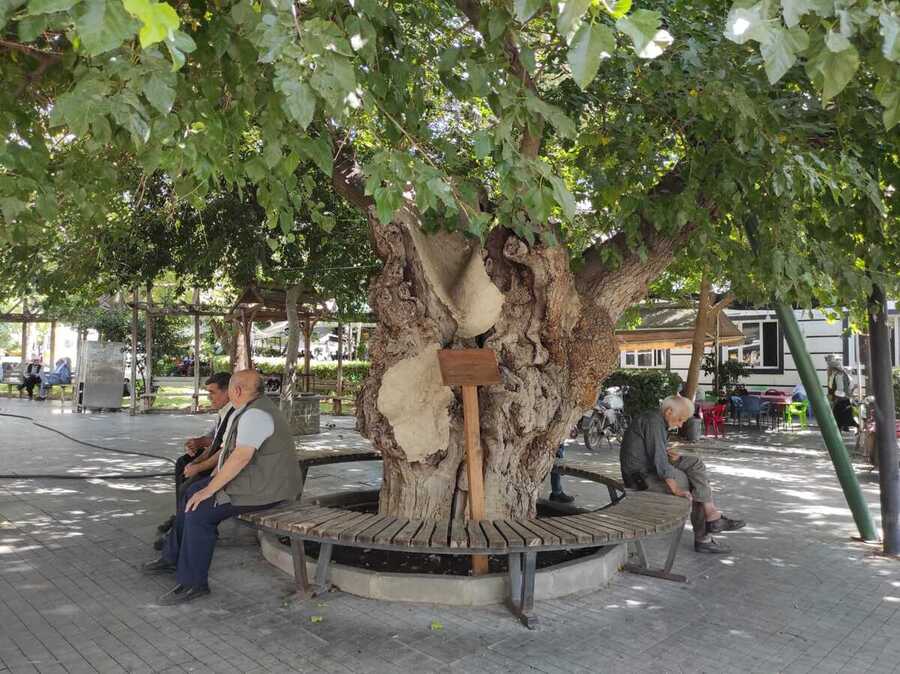Mam Al
In every city, there is a place that has its place in the memory of that city, has always had a history, an issue, and has become a symbol of that city and remains so. The places we talk about often have either a sad story or a funny tragic event.
There is a park called Kanlikuyu (Bloody Well) in the Sewrag area of Raha, although it has been given different names several times, the people of Sewrag call it "Bloody Well".
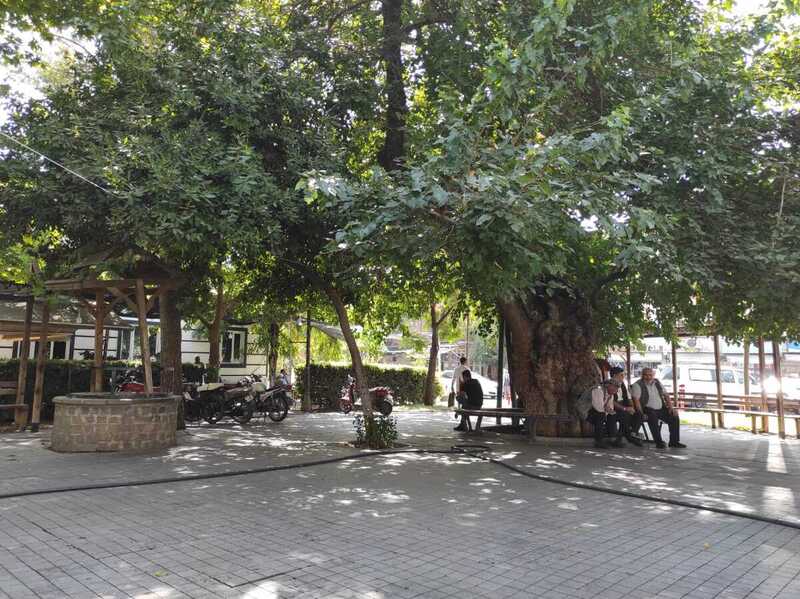
What matters is not the park, but the name of the park and the tree that has survived for 400 years, and maybe more than that, but not known well. According to some information, the name of this well belongs to the Ottoman period, we are talking about the 16th-17th century. At that time, there was a man named Kuyuju Murad Pasha. In the name of the state, Murad Pasha oppressed the people of every city where he stayed. He beheaded people or threw them alive into the well. Thus, his name spread around.
Murad Pasha also stayed in Sewrag for a while, since then this well has remained in this park and the name comes from that time. According to some sources, there is a village called Üçkuyu (Three Wells) in Karajdak, where the story originated. It is said that one day Murad Pasha changed his clothes and went to visit the nomads of Karajdak and introduced himself as someone else. The nomads of Karajdak honor him, taking food and drink into their tents. Then Murad Pasha asked them, what is your opinion about the Ottomans and Murad Pasha? The nomads of Karajdak also say a lot of bad things about them. After Murad Pasha eats his food and leaves them, he does nothing because he has other work to do at the time, only knows who the nomads are and what their names are. After finishing his work, he returned to Karajdak with a group of Ottoman soldiers, killed them, threw them into the well and looted their houses. This village of Üçkuyu has remained as Kanlikuyu ever since. Let’s go back to Kanlikuyu.
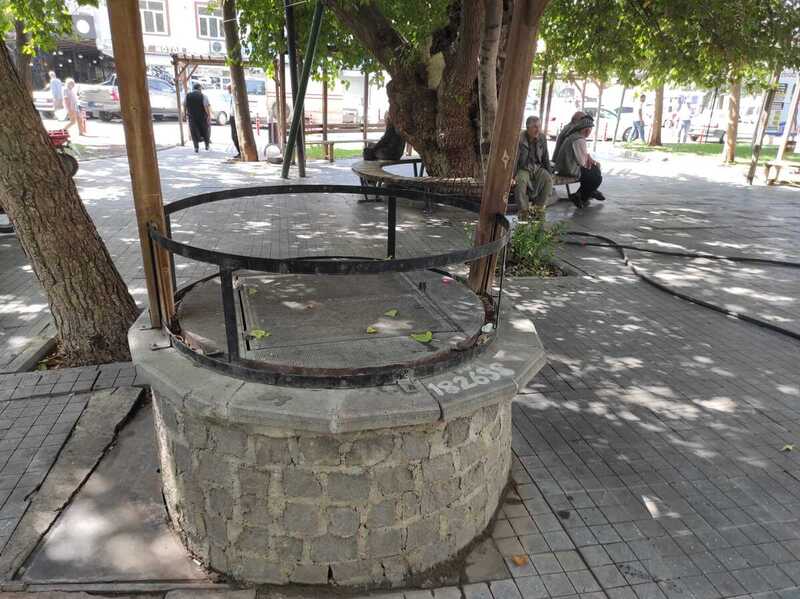
The story of this well aside, the most amazing thing is that although the upper of the well is enclosed by concrete, a tree that has stood for 400 years is nearby. This 400-year-old mulberry tree is like magic for Sewrag. People of Sewrag say that this tree took root in the ground and reached the well, which is why this tree planted in 1655 has survived to this day.
That tree became the memory of Sewrag, and it still is. All the birds, old and young men, come every day and sit under the shade of this tree, and many are unaware of its history and name. This tree, which has stood for centuries, has witnessed the entire history of Sewrag. It has seen all their killings and conquests.
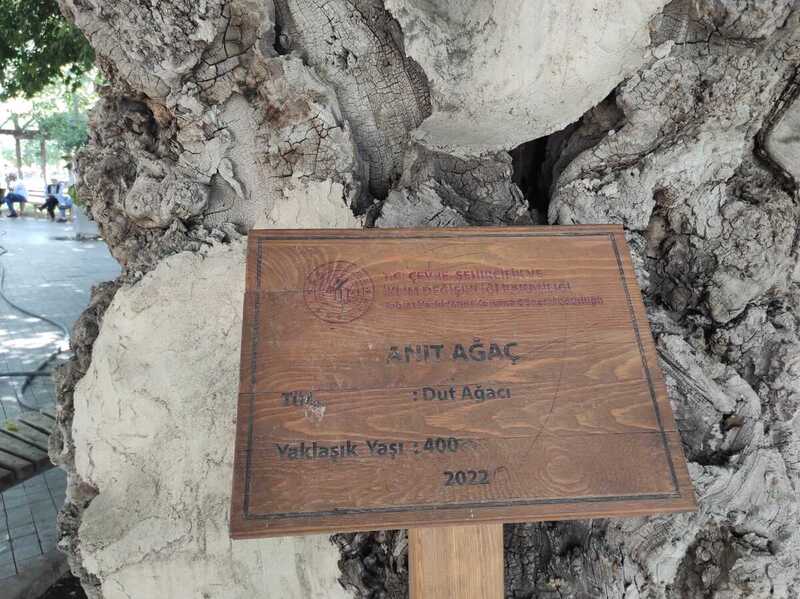
Who knows whose bones are under that well now? No one asked for it, so for a while the municipality and municipal firefighters used it for their water needs, then enclosed it. Now no one knows where the water is going and what is under the well.
The famous poet Ahmad Arif, who spent part of his childhood in Sewrag, talks about this tree and this park in an interview. He said:
"There's a place called Kanlikuyu in Sewrag. It's a very old place. Most of it is destroyed, but part of it still remains. There's a big mulberry tree there, its top reaching to the sky. . .."
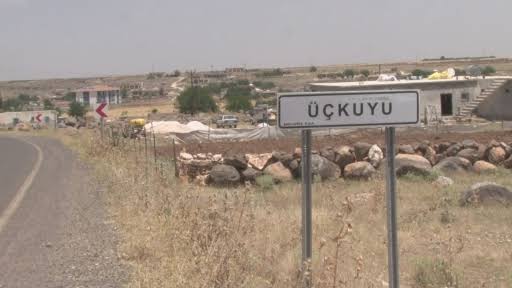
This is how Ahmad Arif describes his memory.
Some of the people of Sewrag talk about the events of 1915 for this bloody anniversary. When the Ottomans exiled the Armenians there, they killed those who remained. They say that this memorial got its name from that time, but there is no exact information; there is only one fact this memorial is full of blood and witnessed many events.
I don't know if anyone has studied these wells yet, but I hope that researchers will study this in detail because I believe there is much more beneath these wells. Until someone comes and digs it, this well will remain silent.
Reference:
Refik Durbaş, Ahmed Arif Developer Kalbim Dynamit Kuyusu, publisher Piya Kitapığı.

